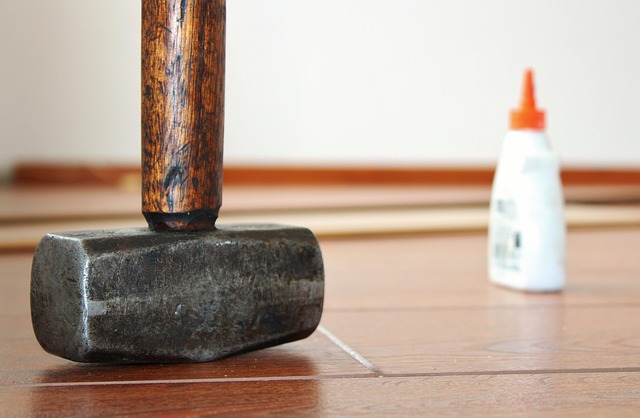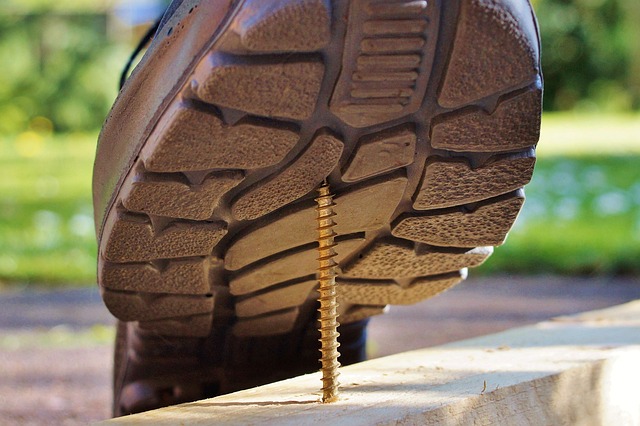Recycled Glue Laminated Timber (RLT) offers eco-friendly building material for sustainable construction, with advanced gluing techniques ensuring structural integrity. For Glue Laminated Beam Installation Guide, use safe gluing methods, consult training & videos, and choose high-quality adhesives like PVA or synthetic resins. Follow step-by-step process for optimal results, leveraging GLT's benefits: superior strength, reduced warping, enhanced moisture resistance. Proper installation practices maintain structural integrity and longevity through quality control, regular maintenance, and repair methods. Visit unalam.com for detailed guide & product info.
Discover the sustainable and strong alternative to traditional timber with our comprehensive guide to buying recycled glue laminated timber. We break down everything from understanding this eco-friendly material, exploring its numerous benefits, and choosing the right glue for optimal performance. This guide provides a step-by-step installation process and expert tips for ensuring longevity and strength in your Glue Laminated Beam (GLB) project.
- Understanding Recycled Glue Laminated Timber
- Benefits of Using Recycled Materials
- Choosing the Right Glue for Laminated Beams
- Installation Process: Step-by-Step Guide
- Best Practices for Longevity and Strength
Understanding Recycled Glue Laminated Timber

Recycled Glue Laminated Timber (RLT) is an innovative and sustainable building material that combines the strength and stability of timber with advanced gluing techniques. This process involves fusing multiple layers of wood together using a strong adhesive, creating structural elements like beams, planks, or panels. RLT offers a unique eco-friendly alternative to conventional timber, as it utilizes reclaimed or recycled wood sources, reducing waste and environmental impact.
For those interested in Glue Laminated Beam Installation Guide, understanding the safe gluing methods is key. Proper gluing techniques ensure structural integrity and compliance with building codes. Step-by-step videos for wood beam gluing are readily available, providing visual aids to guide builders through the process. To learn more about RLT and gain expertise in glue lamination training for builders, give us a call at (607) 369-9341.
Benefits of Using Recycled Materials

Using recycled materials for construction projects offers numerous advantages and contributes to a more sustainable future. In the context of glue laminated beam installation, choosing reclaimed timber is an eco-conscious decision with significant benefits. This approach not only reduces waste but also minimizes the environmental impact associated with traditional wood production methods. Recycled glue laminated timber (GLT) provides a strong and durable alternative to conventional materials, making it an excellent choice for various structural applications.
One of the key advantages is its cost-effectiveness, especially when compared to budget-friendly GLT construction methods. Reclaimed timbers can often be acquired at lower costs, making them an attractive option for both homeowners and contractors looking to save on materials without compromising quality. Furthermore, using recycled materials aligns with the growing trend towards sustainable building practices, ensuring that projects are environmentally friendly without sacrificing structural integrity. For those interested in learning more about how to install laminated wood beams or exploring GLT construction vs traditional joists, a comprehensive guide can be found at unalam.com.
Choosing the Right Glue for Laminated Beams

When it comes to glue laminated beam installation, selecting the right adhesive is paramount for ensuring structural integrity and long-lasting performance. GLT construction, using high-quality adhesives for lamination, offers a durable alternative to traditional joist methods.
Choosing the correct glue type depends on various factors, including the specific wood species used in your beams, desired strength requirements, and environmental conditions. For glue laminated beam setup, both polyvinyl acetate (PVA) and synthetic resin glues are commonly used. PVA provides excellent bonding strength and water resistance, making it suitable for a wide range of applications. Synthetic resin glues offer even greater durability, especially in environments prone to moisture or extreme temperatures, providing added structural integrity in laminated beams. To ensure optimal results, consult with a structural engineer or refer to industry guidelines specific to your project’s requirements. Find us at unalam.com for more detailed information on what is glue lamination for beams.
Installation Process: Step-by-Step Guide

Installation Process: Step-by-Step Guide to Glue Laminated Beam Assembly
The installation process for glue laminated timber (GLT) beams involves careful preparation and precise techniques to ensure structural integrity and longevity. Here’s a straightforward guide to help you navigate the GLT beam assembly. Begin by ensuring your workspace is clean, dry, and well-ventilated, as working with wood and adhesives requires adequate air circulation. Next, gather all necessary tools: saws, sanders, measuring tapes, and the appropriate adhesive for glue laminated beams.
Now, for each beam, start by carefully cutting the individual timber components to the required dimensions according to your project’s specifications. Once cut, debur any sharp edges with a sander to avoid damage during assembly. Next, apply the adhesive along the joints where timbers will be glued together. Ensure even application to facilitate strong bonding. After allowing the adhesive to set for the recommended time by the manufacturer, bring the components together and clamp them securely in place until the glue fully cures. For compromised or broken laminated beam connections, this process offers a robust fix, enhancing structural integrity and longevity. Remember that the advantages of GLT construction include enhanced strength-to-weight ratio, reduced warping, and superior resistance to moisture, making it ideal for various building applications. Visit us at unalam.com anytime for more insights into GLT construction techniques and products.
Best Practices for Longevity and Strength

To ensure the longevity and structural integrity of glue laminated timber beams, proper installation practices are paramount. Start by selecting high-quality glue suitable for lamination, adhering to industry standards and specifications. The choice of glue types should be based on factors like moisture resistance, bond strength, and compatibility with the wood species used. Once selected, follow a Glue Laminated Beam Installation Guide meticulously. This includes ensuring proper surface preparation, accurate measurement, and precise application of the adhesive.
When installing glued laminated beams, it’s crucial to maintain tight tolerances and monitor for any signs of damage or defects during and after construction. Regular maintenance, such as inspecting connections and joints, is essential to prevent structural failures. If you encounter broken laminated beam connections, there are effective repair methods available. Visit us at 18 Clifton St, Unadilla, NY 13849 anytime for expert advice and solutions tailored to your specific needs, ensuring the enduring strength and stability of your structures.
Recycled glue laminated timber is a sustainable and durable choice for various construction projects. By understanding its composition, leveraging the benefits of recycled materials, and following best practices during installation, you can ensure a strong and long-lasting Glue Laminated Beam (GLB) structure. The step-by-step guide provided offers a practical approach to GLB installation, ensuring your project meets industry standards and promotes environmental stewardship.














